Home / Handy Tips /

Just like PC hardware gets faster and faster, so too does the software running it – including Windows 10. If you’re upgrading from Windows 7 or earlier, you’ll notice a huge jump in performance when switching to Windows 10.
That being said, there are a few quick changes you can make to optimise the functionality and performance of Windows 10 even further. In this article, we’ll share six of our favourite ways to speed up Windows 10. As a bonus, the majority are totally free.
Let’s get started.
1. Minimise start-up processes
You may not know this, but a lot of software programs install side processes that start every time you boot up your PC. Some of these, you simply do not need running at all times. And having too many background processes running at once can slow things down.
Windows 10 makes it fairly easy to limit the number of start-up processes you have enabled. First, access the Task Manager. Head to the Startup tab. From there, you’ll see all of the programs that load on boot up. You’ll even see a column that shows the start-up impact of each program. Rick-click to change the status of any entry.
2. Uninstall crapware
Crapware is the more or less useless software pre-installed on new PCs by computer manufacturers. Sometimes the manufacturer will call these ‘helper’ programs, but they do little else than slow your computer down. Some new devices can have 20 or more helper programs installed – it’s well worth removing these. Here’s how:
- Open the Start menu and select All apps.
- Look through the listed programs for software that you didn’t install or that you don’t need.
- Right-click on the offender and click Uninstall.
While you’re here, don’t forget to uninstall apps you installed yourself but no longer use.
3. Add more RAM
Adding more RAM is always an effective way to boost your PC operations, especially if you use memory-heavy applications (photo and video editing software, games, etc.) on a regular basis. The catch is, not all PCs allow you to upgrade the RAM – if you have a new, super-slim laptop, chances are you won’t be able to add more.
You find out more information about upgrading your RAM in our article, Why Upgrade Your PC’s RAM?
4. Install an SSD
Another computer hardware upgrade that will actually improve the performance of Windows 10 is upgrading to a solid-state drive (SSD). Not only will an SSD speed up the start-up process, but it will also improve your PC’s performance when using demanding applications.
Again, not all PCs will let you switch to an SSD. And again, it’s the slimmer, newer laptops that are the least likely to cater to hardware upgrades.
5. Clean up your disk
The Disk Cleanup utility has been a part of several generations of the Windows operating system. If you haven’t been using it, start now.
To run Disk Cleanup, open the Start menu and type disk cleanup. Your computer will then remove unwanted junk, such as temporary files, offline web pages, your recycle bin, and installer files.
It’s a good idea to make Disk Cleanup a part of your regular computer maintenance routine.
6. Use anti-virus software
Nothing will slow down your computer like a nasty virus, so make sure you are using a quality anti-virus software – whether that be the built-in Windows Defender or a third-party application. We recommend downloading the free version of Malwarebytes for added protection if you don’t want to pay.
Still performing slow?
If your computer is still performing slow after making the above changes, get in contact. Our team of PC experts can investigate any issue affecting your computer’s speed and overall performance. Call today on 1300 553 166 or fill out the form on this page and we’ll be in touch as soon as possible.

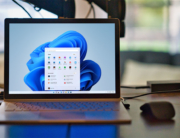
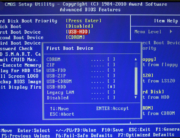
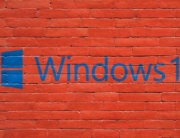
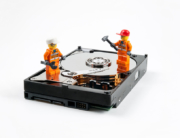


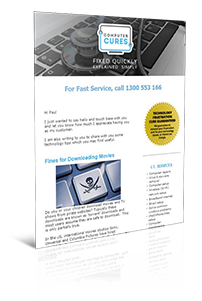
Leave A Comment